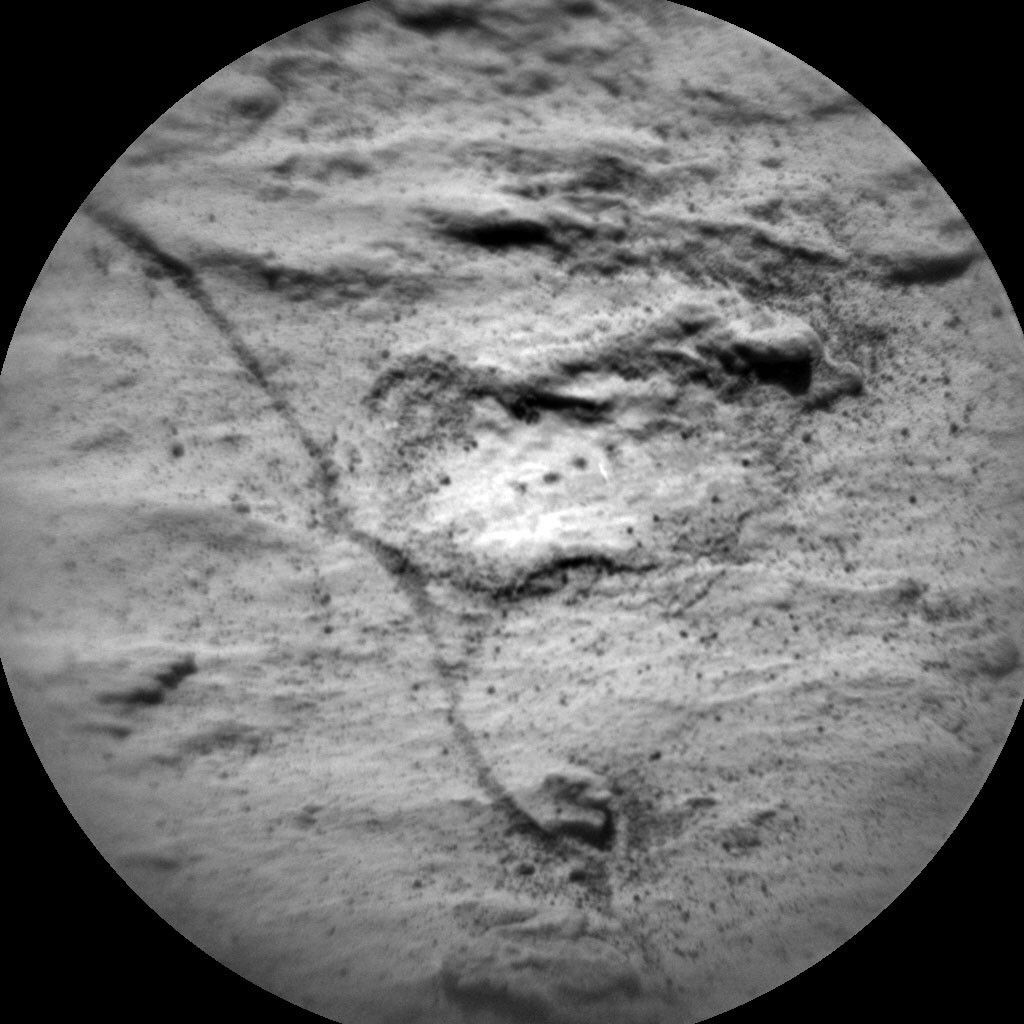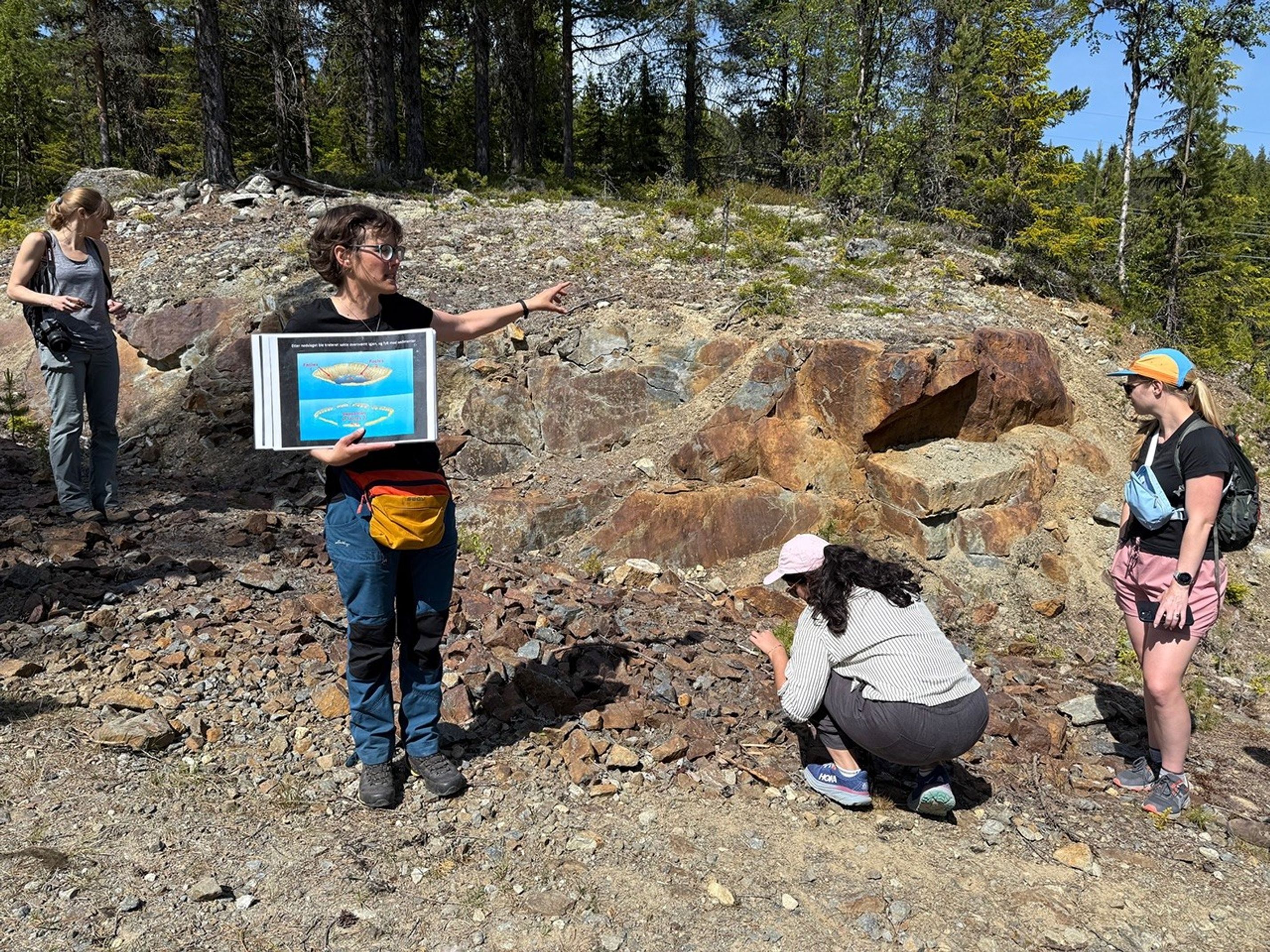"We are safe on Mars!" … I for my part cannot believe that Curiosity landed 9 years ago now, on the 5th of August 2012 late at night for most of my colleagues in the US, but actually today, on the 6th of August 2012, at 6.32 morning here in the UK.
"We are safe on Mars!" … I for my part cannot believe that Curiosity landed 9 years ago now, on the 5th of August 2012 late at night for most of my colleagues in the US, but actually today, on the 6th of August 2012, at 6.32 morning here in the UK. I woke up at 3 am, unable to get back to sleep, thinking about the hours, weeks, months, years ahead. When I heard the words "We are safe on Mars" it was a very special feeling. I can only compare it to the moment they told me that I passed my PhD exam. Relief, joy, but also the big question what the future would bring. I just relived the landing moment in the video that features the famous words quoted above.
If you want to do so, too,
it is. And what a ride it has been, starting at Yellowknife Bay all the way to where we are now, past spectacular active dunes, over ridges, and of course investigating all the lake-bed sediments that the crater has to offer. Everyone has their personal highlight list among our discoveries, of course. How else could it be? If you ask me, then one of my highlights is the noble gas data we received from Mars and within those especially the Xenon data. You might never before have heard of that, because it is quite a niche subject. So, why did I choose this as my personal highlight? Well, I studied Xenon in all the Martian meteorites that were available at the time (nine of them – now there are over 100), and so this topic is very close to my heart, and it actually won me the above mentioned PhD! If you are curious about all the science we've done, here is a list of the papers the science team has written, and it includes the paper we wrote about Xenon titled
"In situ measurement of atmospheric krypton and xenon on Mars with Mars Science Laboratory."
Now, with that little drive along my personal memory lane… let's get back tosol's planning! Planning #1 of year 10 on Mars.
Curiosity has a full weekend plan, but also gets one sol of soliday. This is to realign Mars and Earth timing, but I am sure it’s also going to be used for some celebrations. Observations in the plan include many observations of the rocks around us, which again are a mixture of smooth sedimentary rocks with a lot of nodules. APXS and MAHLI are looking at target 'Nadaillac,' which is one of the smooth sedimentary patches. ChemCam is also looking at this target with a passive observation and Mastcam is pointing at it with a multispectral observation. The nodular features are the target of two ChemCam LIBS observations on targets 'Pageas' and 'Paugnac.' Mastcam is documenting each of the ChemCam targets with a single image, and has one other single image on a very dark and blueish looking stone.
The terrain around us continues to give great vistas onto rock surfaces that allow us to understand the layering of the rocks and how different textures are stacked on top of each other. Mastcam is documenting those with an 18x2 mosaic, but because one of the outcrops is in shadow for most of the day, there is also a very early morning mosaic on that specific area. In addition, there is a dust devil survey in the plan. Lots to do on the first planning of the new year on Mars!
Written by Susanne Schwenzer, Planetary Geologist at The Open University































